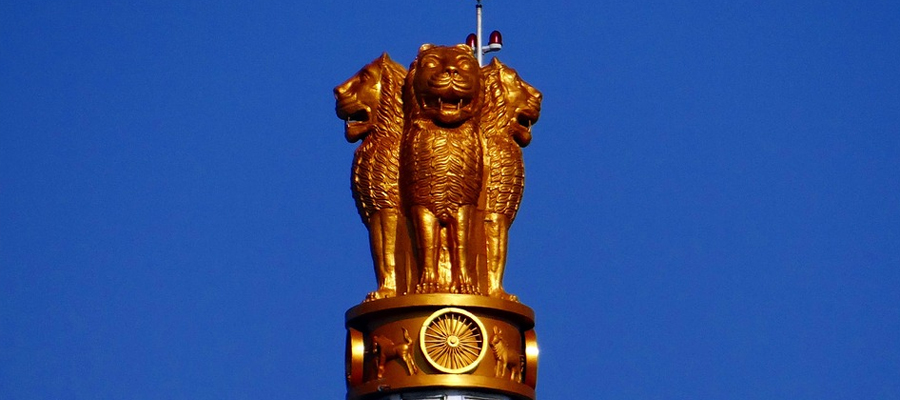Now that the current government has come to the end of its 5-year term, the Indian Election commission has formally announced the next elections from April 11th to May 19th. Results will be announced on May 23rd.
Yes, a process that will run for over five and half weeks over 7 phases. In addition, 4 will also have regional state elections.
There are 543 seats up for election. Nearly 900 million voters are entitled to vote, many of them will be voting for the first time in the national elections.
The Indian election is done entirely on electronic voting machines. This puts us way ahead of many western nations in how we run our election process.
India has a completely independent and strong Election Commission that governs all elections in the nation. It is well respected globally for its skills and neutrality in functioning.
Below are some interesting titbits to read.
KEY NUMBERS
- Dates: 11th April to 19th May in seven phases
- Counting Day: 23rd May
- 900 million eligible voters (Largest the world has ever seen; more than the population of Europe and Australia combined)
- Over 1 million polling stations
- 11 million polling officials
- 2 million electronic voting machines
- 2,354 registered parties
- Key national parties: Congress, BJP
- Estimated expenditure: $5bn or £3.8bn (2014 elections)
HOW IT WORKS
- India’s lower house of parliament, the Lok Sabha, has 543 elected seats. Any party or coalition needs a minimum of 272 MPs to form a majority government.
- Under the Indian parliamentary system, in theory, when a voter goes to the polling booth, all he is voting for is a representative from his constituency. This representative is meant to frame laws in Parliament. But electoral competition is mostly between political parties, and the party with the highest number of parliamentarians, either on its own, or in a coalition, gets to form the government.
- So, the voter is essentially selecting not just a candidate (MP; Member of Parliament), but also the party the candidate represents, and eventually the Prime Minister (PM). The legislature and the executive are conjoined, unlike a presidential system in which they are elected separately.
- This may appear basic, but it is precisely this debate which played out in 2014. Were voters electing MPs, according to local factors and arithmetic, or were they electing a PM, in keeping with a larger national outlook? Did Narendra Modi turn Indian elections into a presidential race? And what will happen in 2019?
INTERESTING FACTS
- It’s always been difficult to predict the outcome given the endless possibilities of coalitions. Powerful regional parties often change the game with multi-party alliances, contributing to the uncertainty.
- A “Model Code of Conduct” is enforced by the Election Commission of India, s a set of instructions and guidelines to be followed by political parties and candidates contesting elections for the conduct of free and fair polls.
- It’s a complex process involving millions of poll workers, police and security personnel deployed across cities, towns, villages and hamlets, which they reach using planes, boats, trains, helicopters, and even elephants, and camels!
- Some more Interesting Facts:
- “In Gir forest in Western Gujarat, the commission sets up a polling booth for a lone voter.”
- “In Himachal Pradesh, a 98-year-old man trudged several miles to vote in 2014 — a tradition he has kept up since first poll held in independent India in 1951.”
- “In Chhattisgarh, the commission protected a polling station by deploying a medical team to prevent a swarm of honeybees attacking voters.”
- There will be 15 million voters aged 18-19 years voting in this year’s poll and millions more first time voters. Women outnumbered men at polling booths in half of India’s states in 2014 in an election that created history with the highest ever female voter turnout of 65.63 percent.

